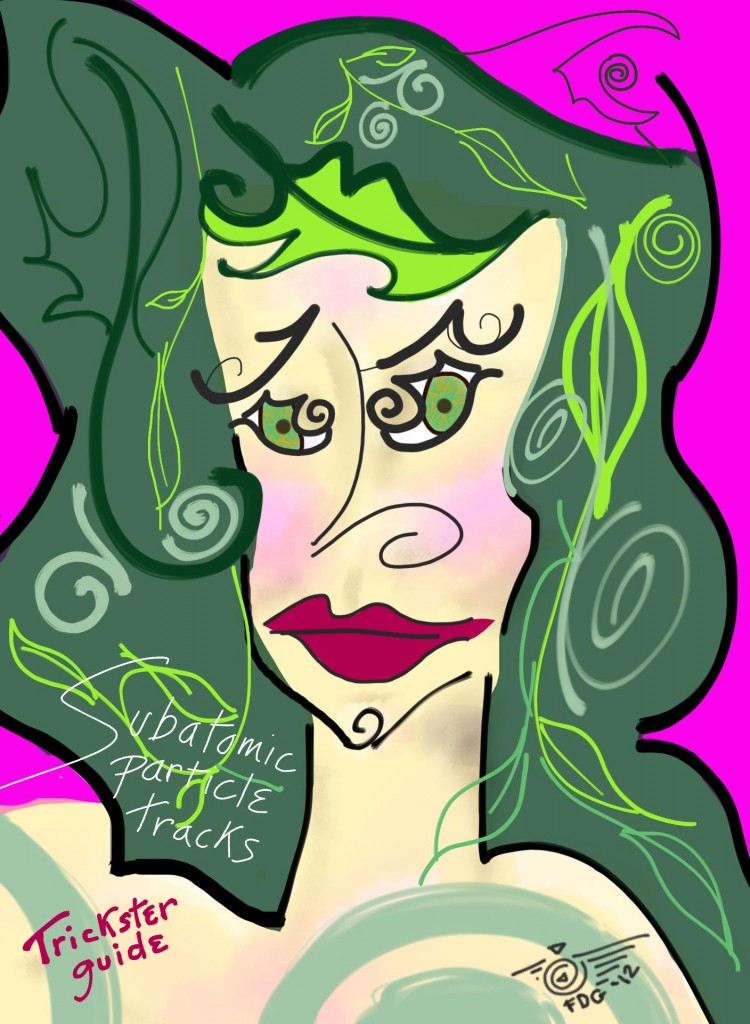Turning the Wheel through Personal Myth
Santa, Squirrels, and More
Backstory: I live in faerie tales. This lifetime, I’ve never heard of turning the year wheel with one’s personal myth (in this context, I mean a myth of one’s own making or a myth not generally perceived as related to the year wheel). I remember it from past lives.
Below, you will not find a theoretical exposition on turning the year wheel with one’s personal myth. I prefer to live in my faerie tales, not in my (albeit fabulous) theories. So, I share a little piece of my myth here. You mystics are smart—you don’t need someone lecturing theory at you from on high; mystics usually learn more watching—and feeling—how people actually embody their theories. Equally important, when I talk about my adventures, some people join me in them—I long for shared escapades.
Telling my own myth is no suggestion that it is the best one for you, or the right way for you to turn the wheel. End of backstory.
I blog about Yule starting in September. It is not the crass commercialism of stores that promote Christmas items way too early. It’s actually the opposite; it rescues me from holiday madness.
In Autumn, squirrels gather nuts to store for the winter. In the same vein, I plan my dark months in Sept or Oct. (I have been planning my dark months in the autumn for decades, so cannot remember whether I made the practice up or was taught it.)
According to Chinese philosophy, unresolved issues are more likely to bubble up from the subconscious in the winter. Experience has taught me that, if I do not plan my dark months before they start, I lose my mooring, and easily sink into holiday frenzy, codependent gift-giving, etc.
Every September or October, I get in touch with what I truly want for the fall and winter this year. Eg, Do I need to focus on a major inner healing? If so, is there a theme I can use for the healing rituals? Do I want to decorate the house for the holidays? If so, a little or a lot? Which holidays do I want to celebrate? Do I have the time to cook for the holidays? And so on.
It’s not that I stick to these plans rigidly. But when I lose my center, the plans helps me regain it. Then I can make sane decisions.
An additional piece of my process is relevant to why I blog about Yule so early. As I said, I live in Faerie tales. They are often myths of my own creation. One is that I am a Yule elf. Come autumn, Santa’s elves are very busy planning what’s going to happen over the next few months.
This planning, including what I’ll craft the next few months to put in Santa’s bag, aka my Etsy shop, is part of my turning the wheel of my personal year. I am an artisan, not a manufacturer, so fall—at latest!—is when I need to start planning and making the handful of items I will add to my shop before Yule.
I blog from the heart. I start blogging and posting from the North Pole as early as September. I want to share my real life—the day-to-day of my myths.
I am also spared holiday madness because, being one of Santa’s elf, I instead can spend the dark time focusing on service: I focus on the joy of crafting goods in the North Pole’s elven workshop, high quality craftsmanship, purposeful creativity, and Yule elf tweets/blogs/posts that help people smile during holiday grumpiness. I also get true holiday joy from my absurdly happy Yule elf meditations and costumes. I am turning my personal year wheel, connecting with the season of Mama Earth.
(I mentioned being a Yule elf as a myth of my own creation. I do not have space in this post to thoroughly portray what I’ve created about Yule elves. Nor could a library of printed word hold it because 1) some things can only be conveyed in oral tradition and 2) some things are so integrated into one’s life that they become too extensive to thoroughly share in words alone. But a lot of what I created plays out in my meditations, which feels important to say because, when we take time to really sink into our mythic stories meditatively, we can live them the rest of the day.)
More of how my myth turns the wheel:
Most of the year, I am in my tinker’s wagon, traveling between the worlds. I am a shut-in but my wheelchair has wings, and so do I. Astrally-traveling shamanic guide and fey artisan.
When weather gets cold, I retreat to Santa’s warm, cozy workshop. I still counsel and teach, from my snug Arctic home.
Claus is in my pantheon. So I pray to him any month. One way I turn the wheel through myth is, the past few years, I’ve made my winter plans by writing a letter to Santa in September about what I want for the dark months.
Every year, I have new elven adventures. And my other myths grow a bit. All my faerie tales are more extensive than this post. And are deeply personal. But I risk posting bits online for two reasons.
Telling my myth is a fun way for this shut-in to share her wanderings.
I am dedicating to helping my students find and/or further evolve personal myths, and live them fully to connect with Mama Earth and Divinity. I posted today in hopes I might do that a bit for my dear site visitors. For one thing, I believe that speaking my life supports starry-eyed seekers to trust their own unique mythic being.


